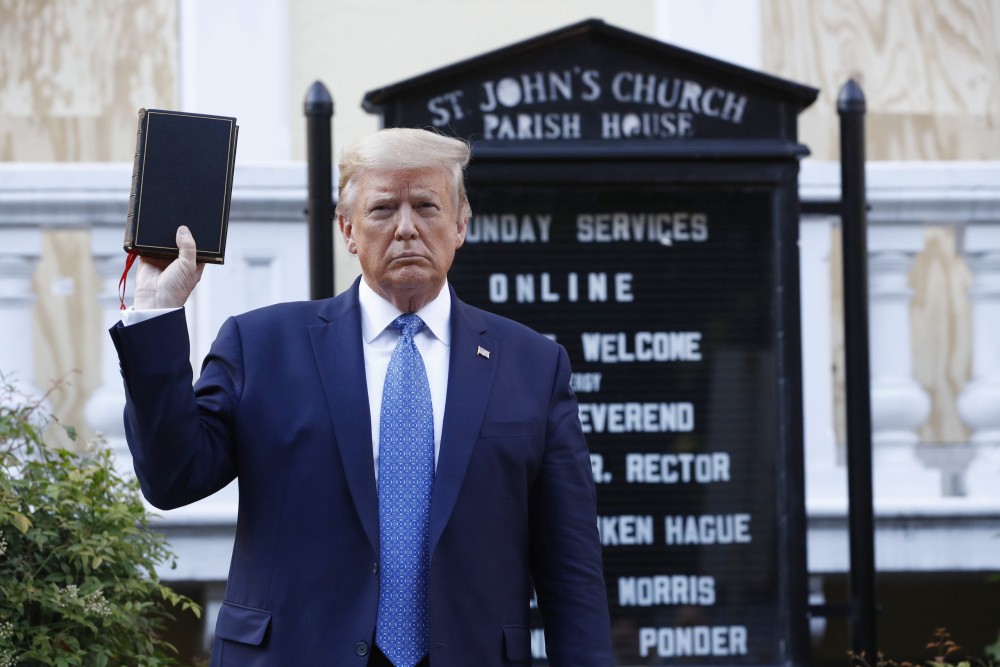In new book, Mark Meadows confirms Trump Bible photo op was Ivanka’s idea

A new book by Donald Trump’s chief of staff Mark Meadows offers a detailed account of the former president’s infamous Bible photo op at St. John’s Church in Washington, DC, on June 1, 2020, during the height of that summer’s racial justice protests.
Meadows said it was Trump’s daughter, Ivanka, who came up with the idea to “send a message to people of faith.”
But the book largely avoids mention of the religious outcry at the stunt, and it fails to note the forced removal of a priest and a seminarian from the patio of the church when the area was cleared of racial justice demonstrators, which occurred right before the event.




